Some grocery stores make it really hard to stick to a budget—no matter how short your list is. You go in for eggs and coffee and somehow walk out $80 lighter. This list breaks down the stores that might look good on the outside but aren’t doing your bank account any favors.
Whole Foods Market
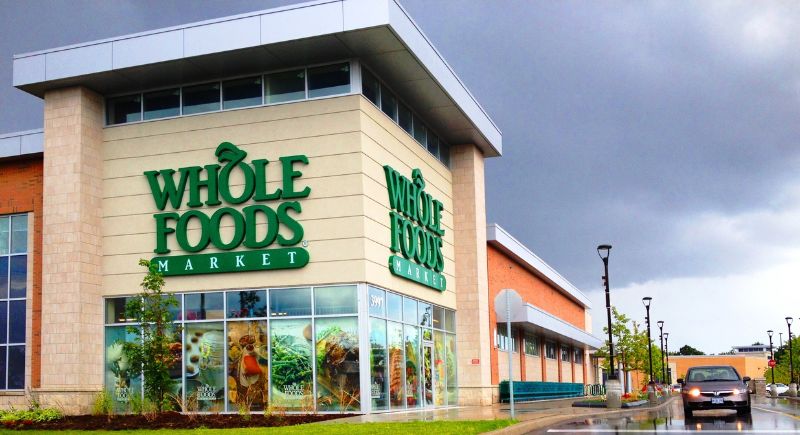
Credit: Wikimedia Commons
Whole Foods Market is beautiful to look at—but not so kind to your wallet. Nicknamed "Whole Paycheck" for a reason, it often charges 10–20% more than traditional grocery stores for the same basics. Shoppers love the clean layout and quality, but if you're hunting for savings, you're better off skipping the kombucha aisle here.
Erewhon
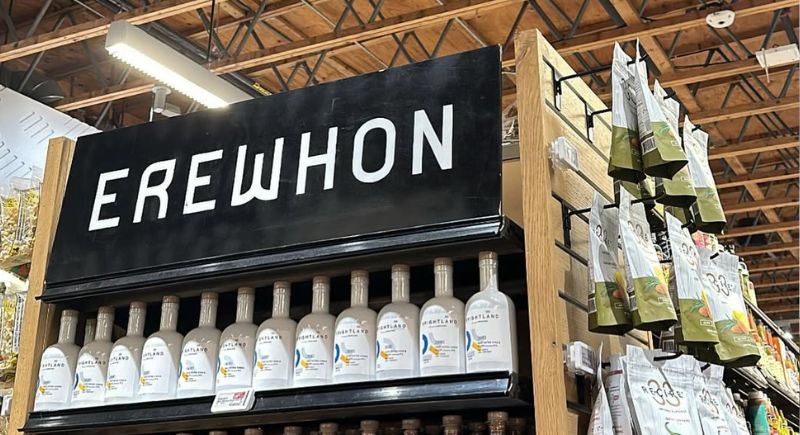
Credit: Instagram
Erewhon feels more like a luxury showroom than a grocery store, and your receipt will agree. It is popular with celebrities and wellness influencers because it sells premium, hyper-trendy products that often carry eye-watering price tags. It's Instagram gold, sure—but if you're trying to save money, it's financially terrifying.
The Fresh Market

Credit: Wikimedia Commons
Walking through The Fresh Market feels like stepping into a fancy food magazine—but that polished vibe comes at a premium. You'll find gourmet cheeses, artisan bread, and curated produce displays, but deals are few and far between. Consumer Reports often ranks it high on quality but low on value.
Gelson's Markets
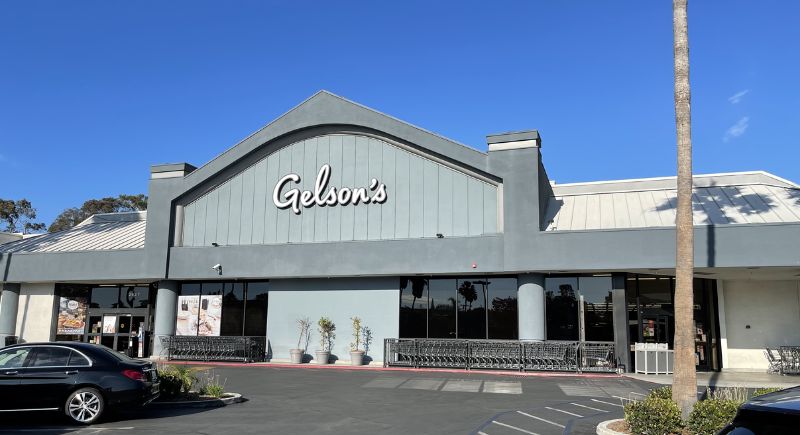
Credit: Wikimedia Commons
Upscale and unapologetic, Gelson's Markets caters to convenience and premium service, not bargain hunters. Located mainly in Southern California, it's the kind of store where a pre-made salad can cost over $12, and a small bag of snacks somehow totals $8. Shoppers get valet parking, spotless aisles, and gourmet everything—but those luxuries appear on the receipt.
Safeway
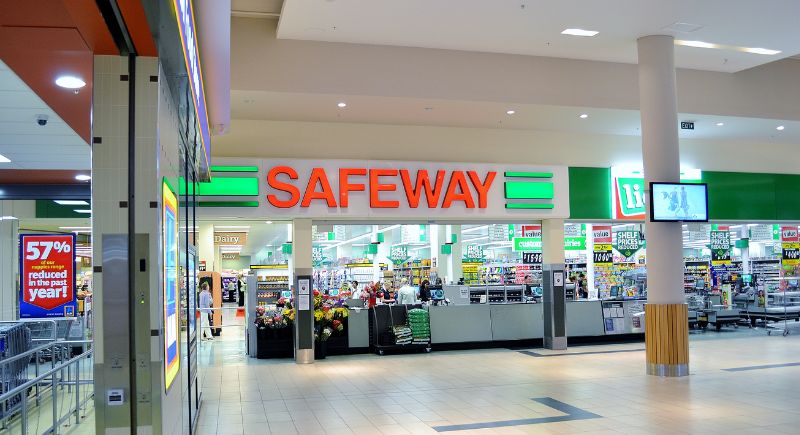
Credit: Wikimedia Commons
Safeway might seem like a convenient stop, but it's rarely the cheapest one. Without a loyalty card and constant coupon-hunting, shoppers often pay full price on everyday essentials. Even store brands can cost more than name brands at competitors. It consistently ranks among the most expensive grocery chains in many metro areas.
Publix
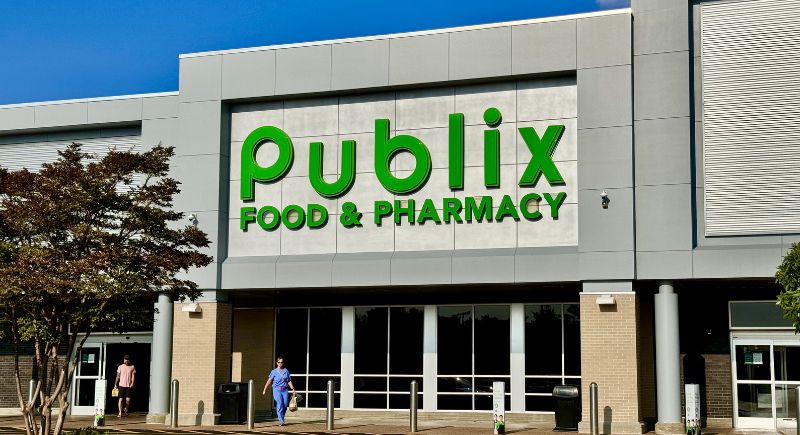
Credit: Wikimedia Commons
Charming customer service, tidy stores, and those famous subs make Publix a favorite—but savings don't always come standard. Prices on pantry staples, produce, and even dairy often run higher than at places like Walmart or Aldi. Unless you stack digital coupons with BOGO deals, your grocery bill might climb faster than expected.
Harris Teeter
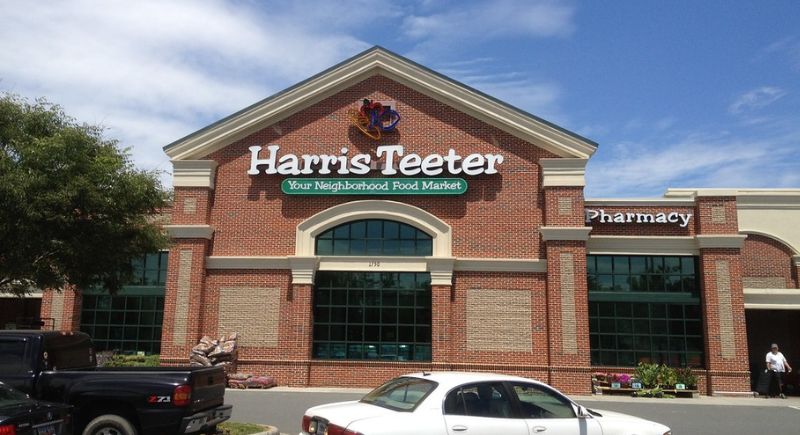
Credit: flickr
Owned by Kroger but often priced like a boutique market, Harris Teeter has a reputation for quality that comes with a cost. Meat and seafood departments look great but carry hefty price tags. A 2023 Charlotte Observer comparison showed Harris Teeter charging more than regional competitors for basic groceries like milk, eggs, and cereal.
Ralphs
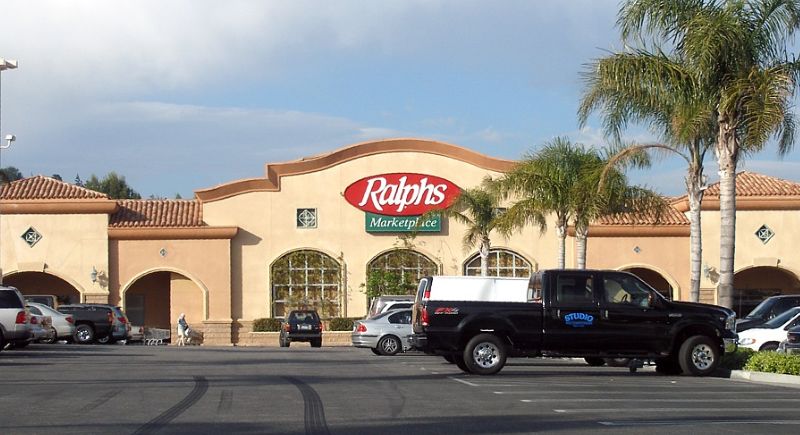
Credit: Wikimedia Commons
Prices at Ralphs can be all over the place—some days, you'll find solid deals, but regular prices are often steep without digital coupons or a rewards card. Even store-brand items can surprise shoppers at checkout. The California-based Kroger offshoot leans towards convenience but doesn't always reward frugal shoppers with actual value.
Sprouts Farmers Market
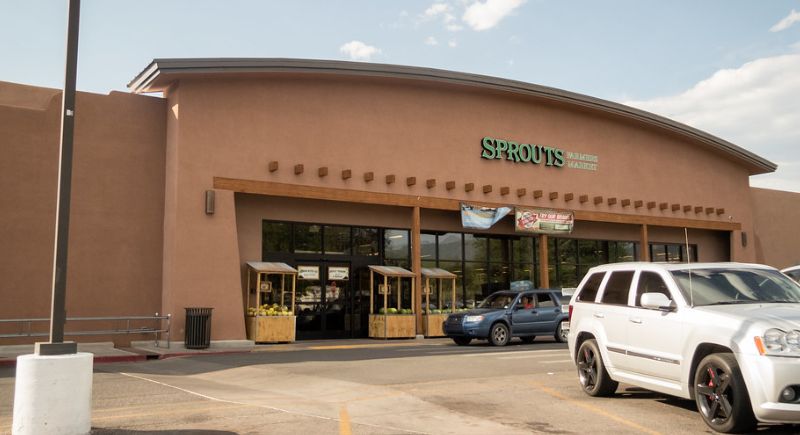
Credit: flickr
Health-conscious shoppers love the produce selection, but Sprouts isn't a great place to pinch pennies. Organic or not, their fruits and veggies can cost significantly more than national averages. Specialty snacks, supplements, and nut butter are pricey, too. While the atmosphere feels fresh and clean, your total can skyrocket without much warning.
Giant Food

Credit: Wikimedia Commons
Giant Food has long been a go-to for many, but budget-conscious shoppers often find their wallets feeling lighter after a visit. Recognizing the pinch on consumers, Giant Food launched the "Fresh Low Prices" campaign in early 2025 to reduce prices onessentials such as fresh produce, dairy, and meat prices.
Wegmans
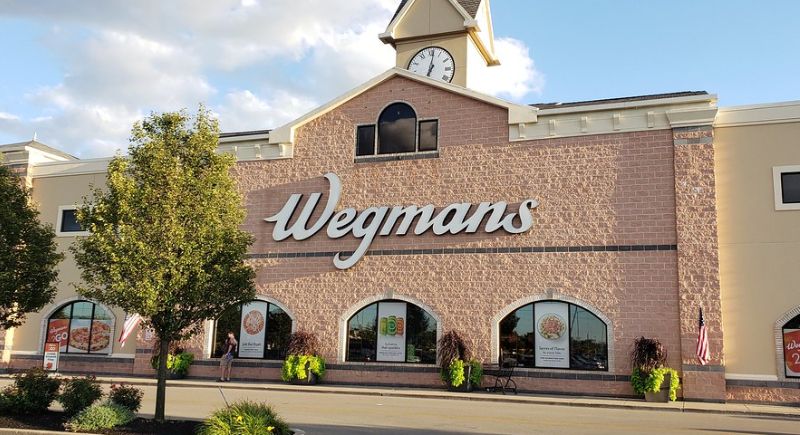
Credit: flickr
Wegmans is a fan favorite for a reason—it's clean, friendly, and the cheese section could win awards. But those good vibes come with a side of sticker shock. Shoppers love the prepared meals, but they're rarely a deal. A single takeout dinner can cost more than an entire fast-casual order.
Stop & Shop
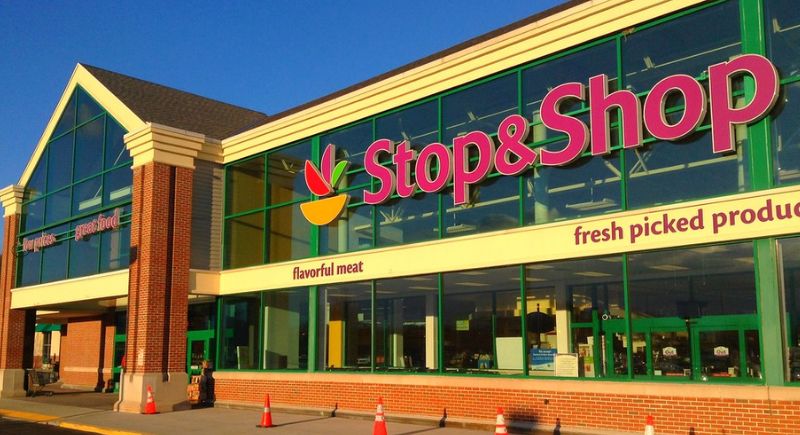
Credit: flickr
Stop & Shop might be a neighborhood staple, but it's rarely the place for big savings. Regular prices on pantry basics and produce are noticeably higher than at discount grocers. Even with a loyalty card, many shoppers say the deals feel underwhelming.
Bristol Farms

Credit: reddit
Bristol Farms markets itself as a gourmet shopping experience, and the prices absolutely match. Organic produce, high-end cheeses, and artisanal snacks line the beautiful aisles—but at luxury costs. It's a great place to splurge for a special occasion, but it's better to stick to budget-friendly options elsewhere if you're shopping with savings in mind.
King Soopers
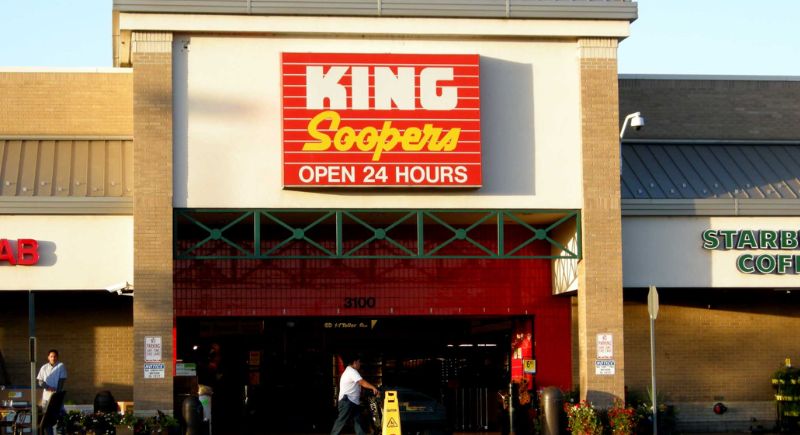
Credit: Wikimedia Commons
King Soopers, a staple in Colorado's grocery scene, offers a wide selection and convenient locations, but many customers have noticed that prices on everyday items can be higher compared to other stores. A 16-ounce bag of walnuts is priced at $9.99 at King Soopers, whereas the same item costs $6.77 at Walmart and $4.99 at Safeway.
Shaw's
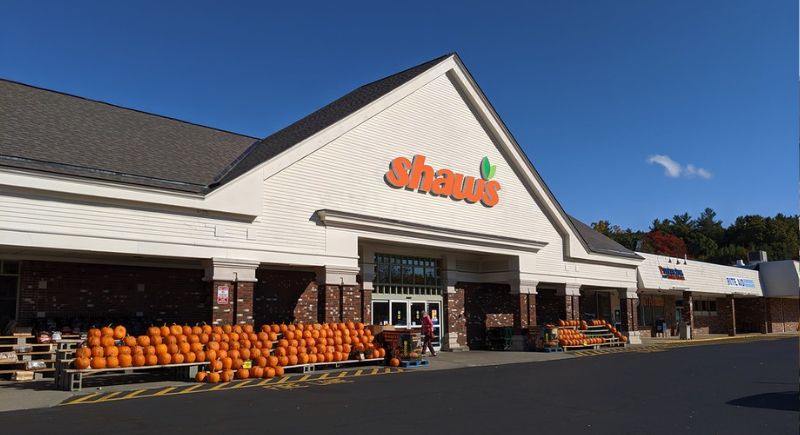
Credit: flickr
Price comparisons frequently place Shaw's above competitors like Market Basket and Walmart. The store occasionally offers discounts, but the overall expense can be significant. While it provides a wide selection and convenient locations, those aiming to stretch their grocery budgets might find more favorable prices elsewhere.
Acme Markets
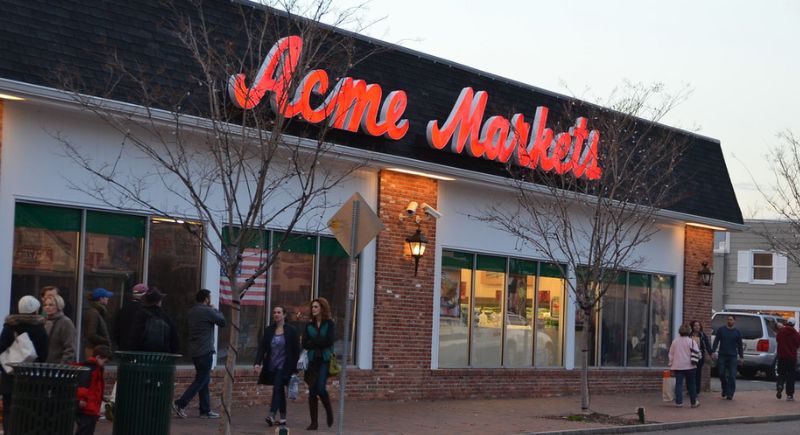
Credit: flickr
Acme Markets has a long history, especially in the Mid-Atlantic, but frugal shoppers don't always leave impressed. While the store feels familiar and the deli section is solid, price tags on staples like milk and produce can be steep. Promotions are hit or miss, and many customers say their grocery bill climbs faster here than at nearby chains.
Pavilions
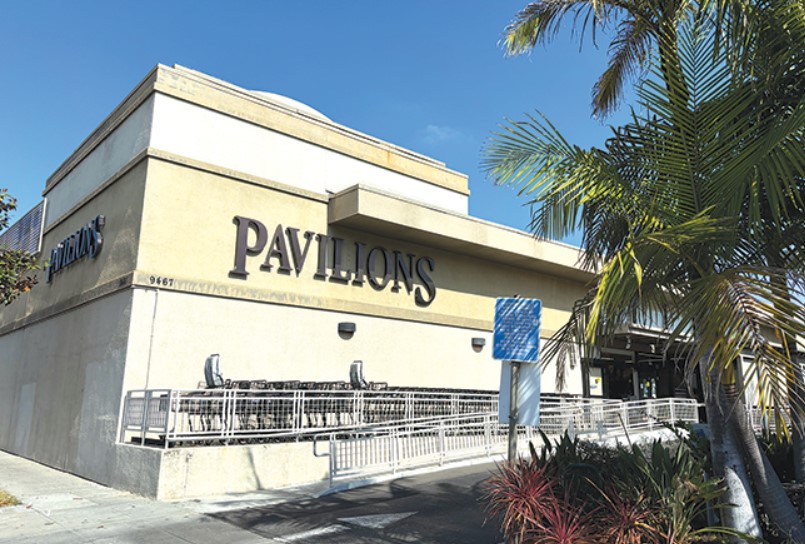
Credit: reddit
Pavilions feels like Ralphs’ more polished, pricier sibling—and your wallet notices fast. While the upscale vibe and wide selection are nice, essentials often cost significantly more than discount chains. Unless you’re catching a rare promotion or shopping-only sales, your grocery haul will leave your bank account feeling slightly emptier than expected.
